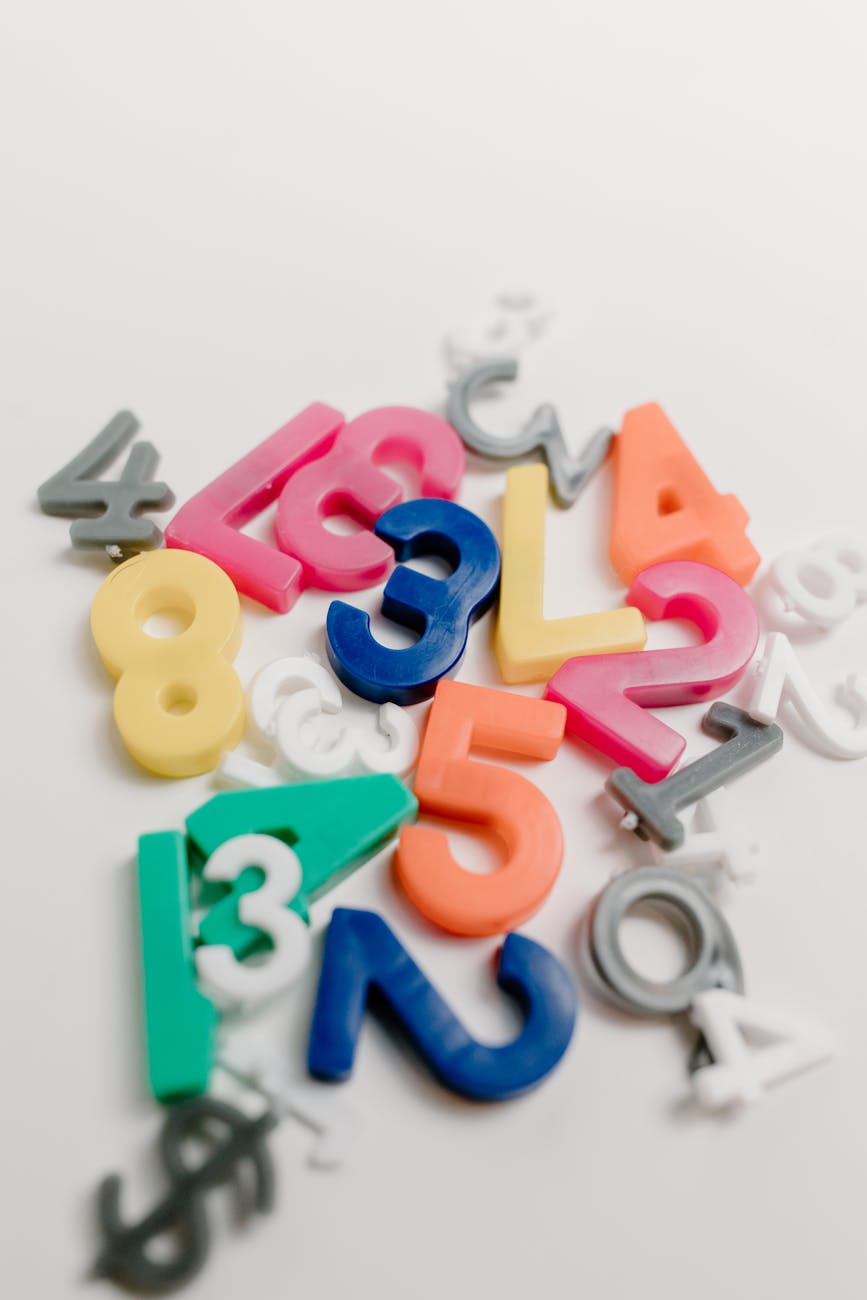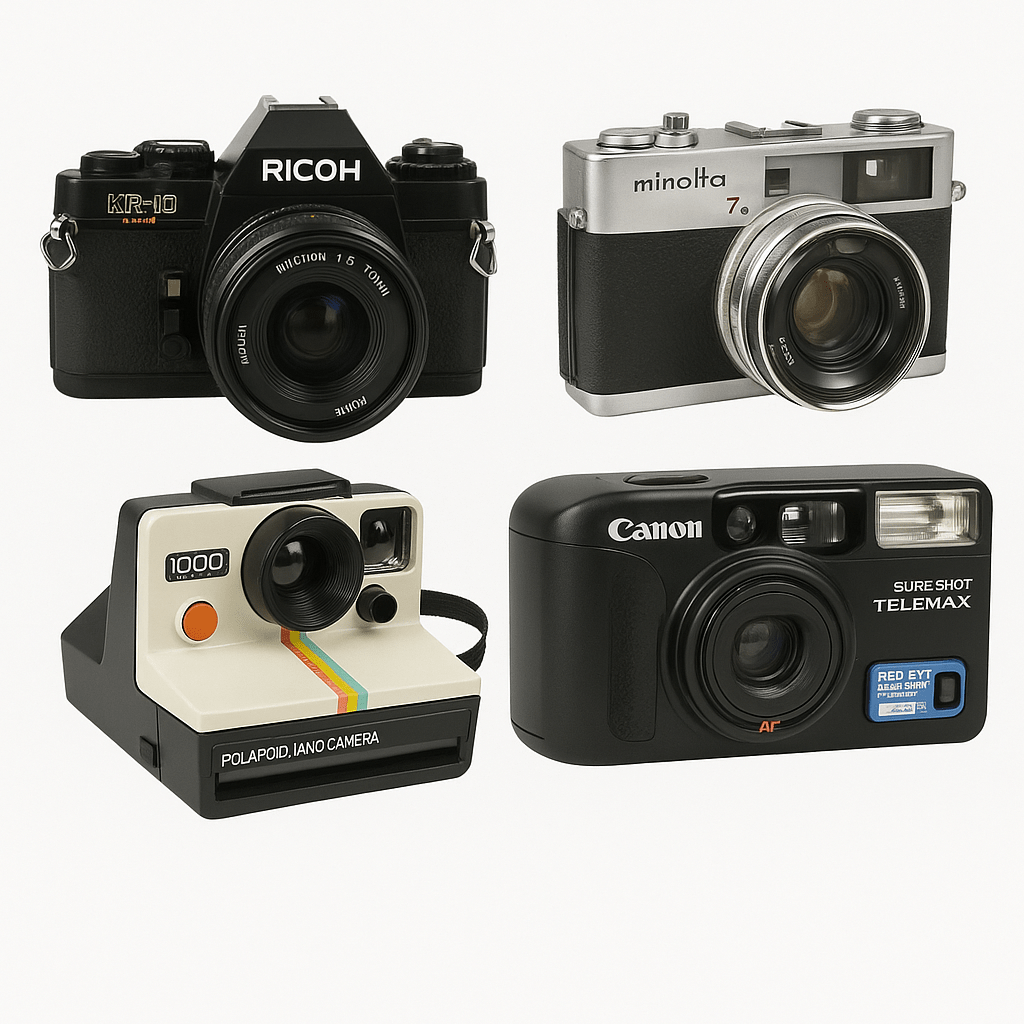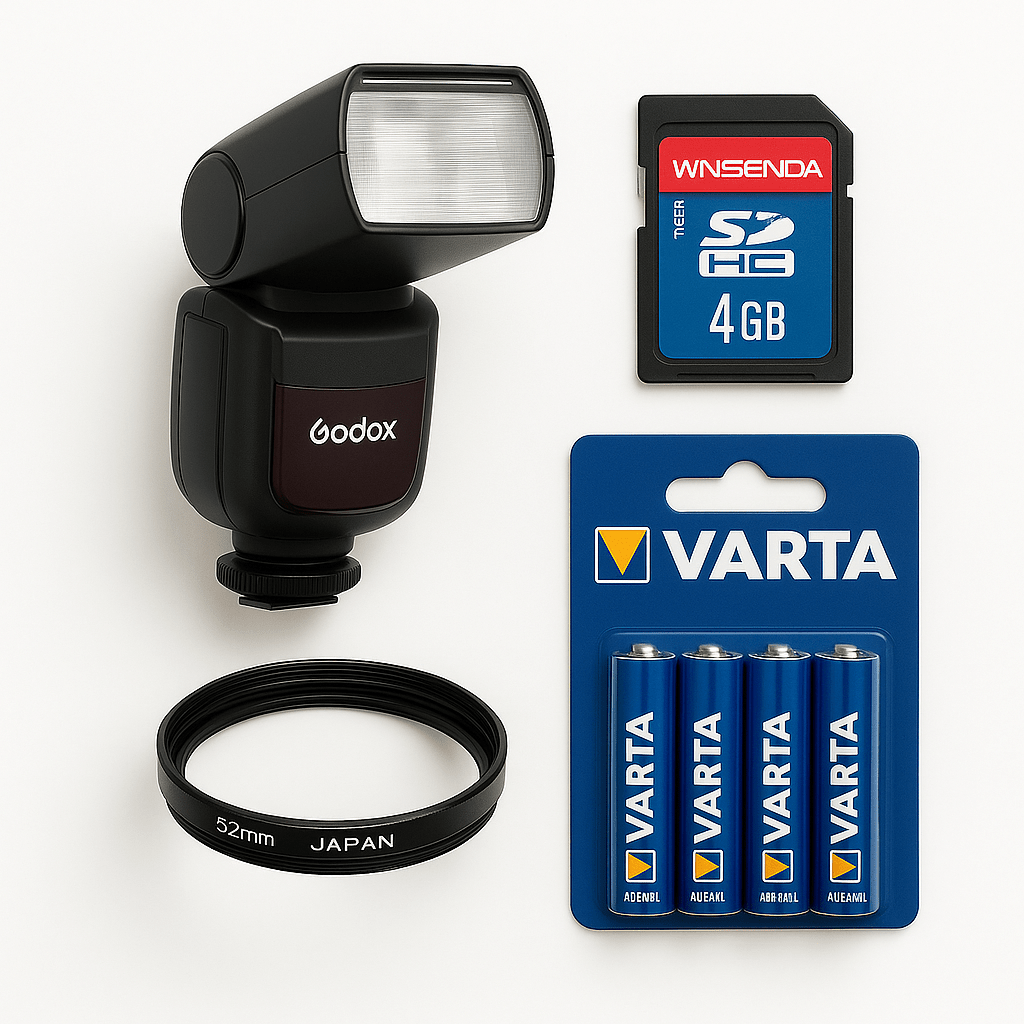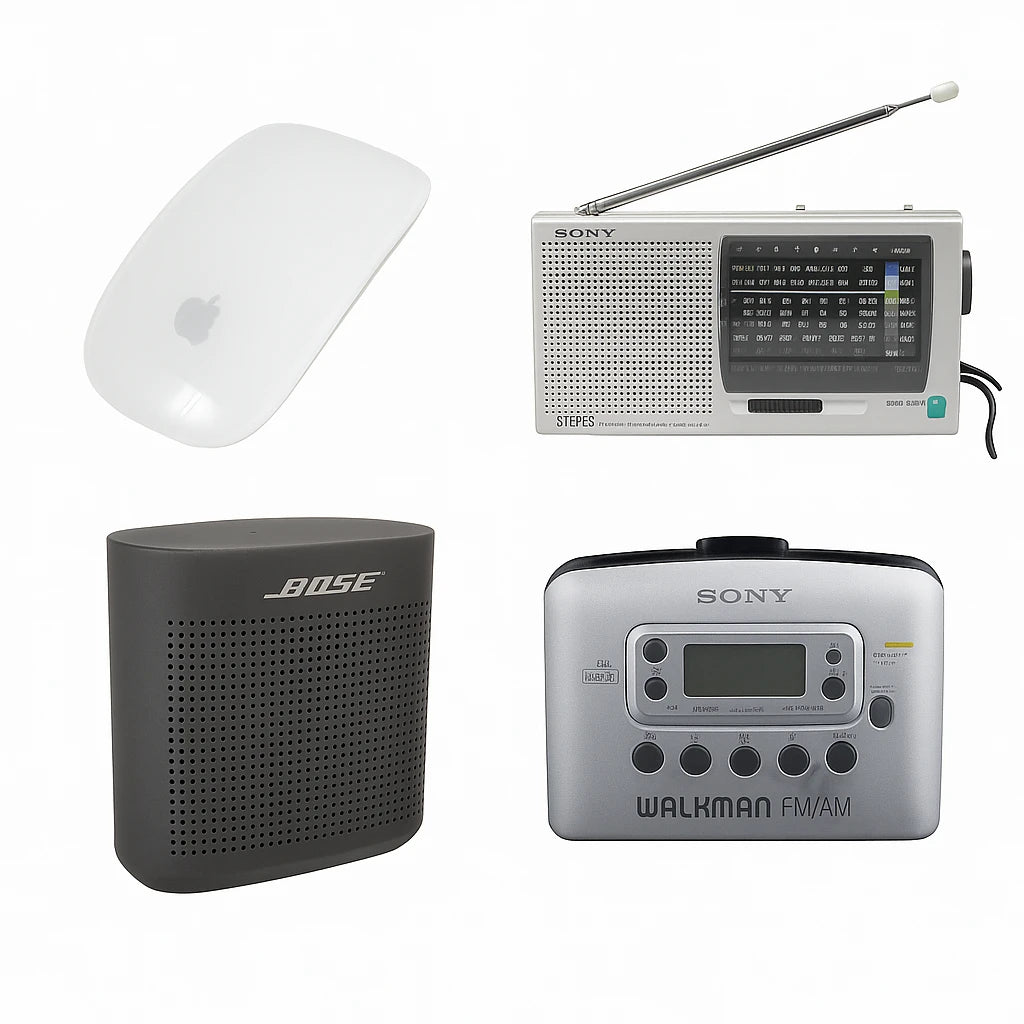What is lens decentering and why it matters
You’ll learn what lens decentering is, how it shows up in images, and why it matters for second-hand buyers.
Lens decentering occurs when lens elements are slightly misaligned inside the housing. This tiny shift creates uneven sharpness—one corner may appear blurry while the opposite corner is tack-sharp. It’s different from natural optical softness or vintage designs because it looks uneven instead of uniformly soft.

I remember reviewing some landscape shots where the right side of the frame looked crisp, yet the left side seemed “mushy.” At first, I chalked it up to focusing error—only later did I learn it was classic lens decentering.
Quick ways to test for lens decentering
You’ll learn practical, step-by-step methods to spot decentering in seconds when checking a used lens.
- ✔️ Mount lens on a sturdy camera body
- ✔️ Shoot a flat, detailed subject (wall, books, grid)
- ✔️ Compare sharpness in opposite corners
- ✔️ Review images at 100% zoom

Once, while testing in a small shop, I aimed a used 50mm at a book spine wall. Two corners looked perfect, but zooming in revealed one corner struggling to render detail. That quick check saved me from regret.
Should you buy a lens with slight decentering?
This section helps you decide if a mildly decentered lens is acceptable—or best avoided.
Not all decentering is deal-breaking. Casual shooters may never notice, especially if their work emphasizes central subjects. Landscape or architecture photographers, however, may find even slight asymmetry unacceptable. Surprisingly, decentered lenses can even produce charming character in portraits: a dreamy quality along one side can complement a soft vignette.

Pros
- Lower cost if seller adjusts for defect
- Artistic, dreamy look for portraits
- May suit casual hobby use
Cons
- Frustrating for technical or high-res work
- Resale value often reduced
- Repair is typically not cost-effective
Buying advice for second-hand camera lenses in 2025
You’ll get practical, sustainable buying tips to help you avoid problems and shop wisely this year.
- ✔️ Check optics under good light
- ✔️ Test aperture blades and focusing ring
- ✔️ Capture test shots at multiple settings
- ✔️ Verify seller’s reputation or warranty options

Once, I walked away from a vintage 28mm in a flea market stall. My flat-wall shot showed one corner melting away while the other looked perfect. That quick test spared me wasted money and guilt—proof that second-hand sustainability means buying the right gear, not just any gear.
When ready, you can shop our collection of camera lenses or explore DSLR cameras for testing lenses to pair them with. For analog lovers, browse affordable analog cameras that bring tactile joy to your process.
Quick decision guide
- If you’re a casual hobbyist → mild decentering may be fine.
- If you shoot landscapes/architecture → avoid decentered lenses entirely.
- If you’re on a student budget → inspect in-person and prioritize usability over perfection.
- If you cherish “character” look → consider a slightly imperfect lens as an artistic tool.
FAQs
What is lens decentering in used lenses?
Lens decentering is when internal elements shift slightly, creating asymmetric blur or uneven edge sharpness. It often occurs in older or heavily used lenses.
How can I quickly detect lens decentering?
Shoot a flat subject wide open, zoom into opposite corners, and compare. A brick wall or bookshelf works well.
Does lens decentering affect photo sharpness?
Yes. One side of the frame may be crisp while the other side is noticeably softer. Most visible at wide apertures.
Are decentered used lenses still worth buying?
Depends on severity and purpose. A portrait shooter may even benefit from the dreamy look; a landscape shooter will not.
Can lens decentering be repaired?
It’s possible but usually costly and complex. Only high-end lenses make repair practical.
Ready to shop smarter?
Browse tested used lenses in our store for peace of mind.










0 comments